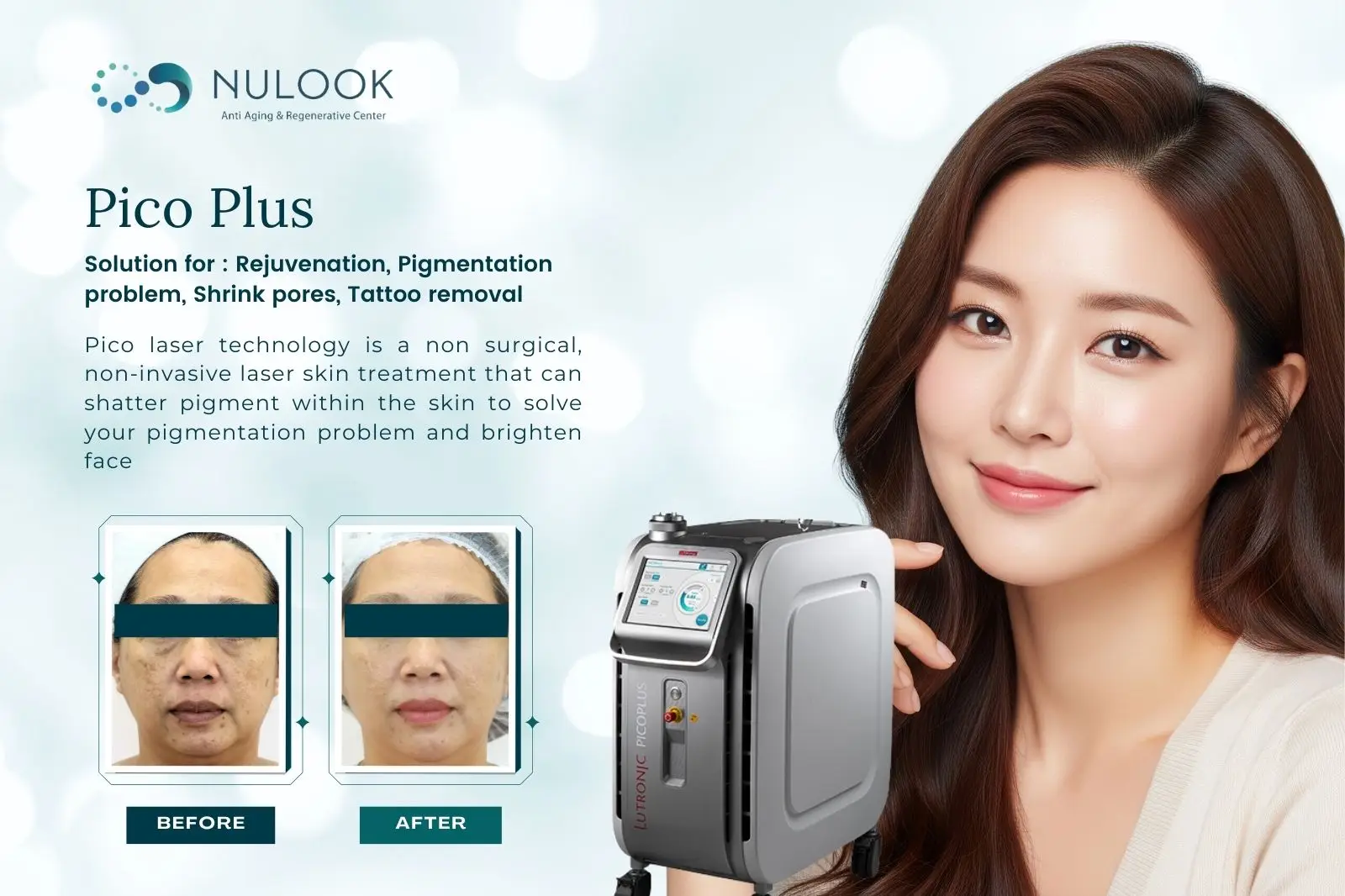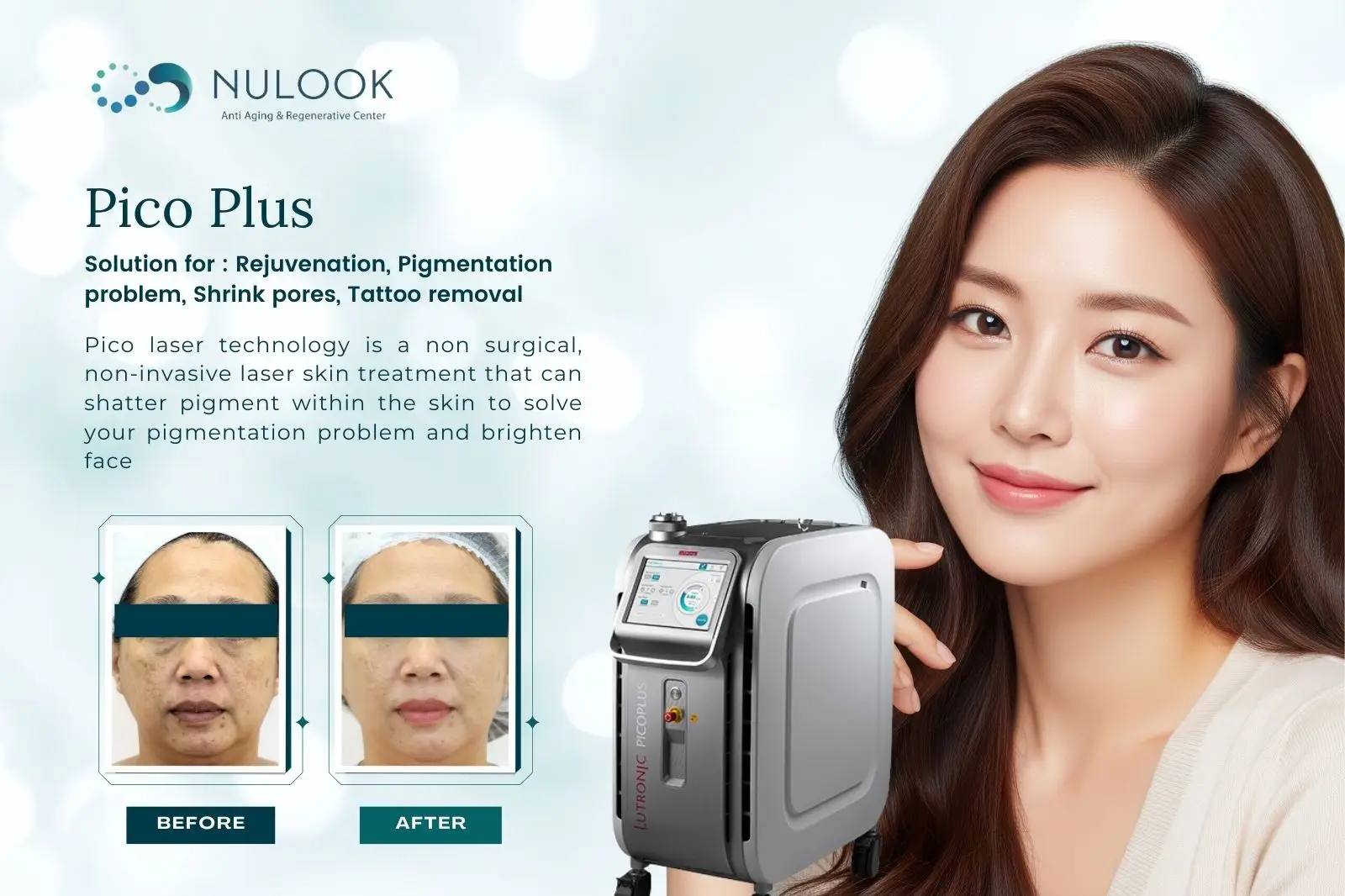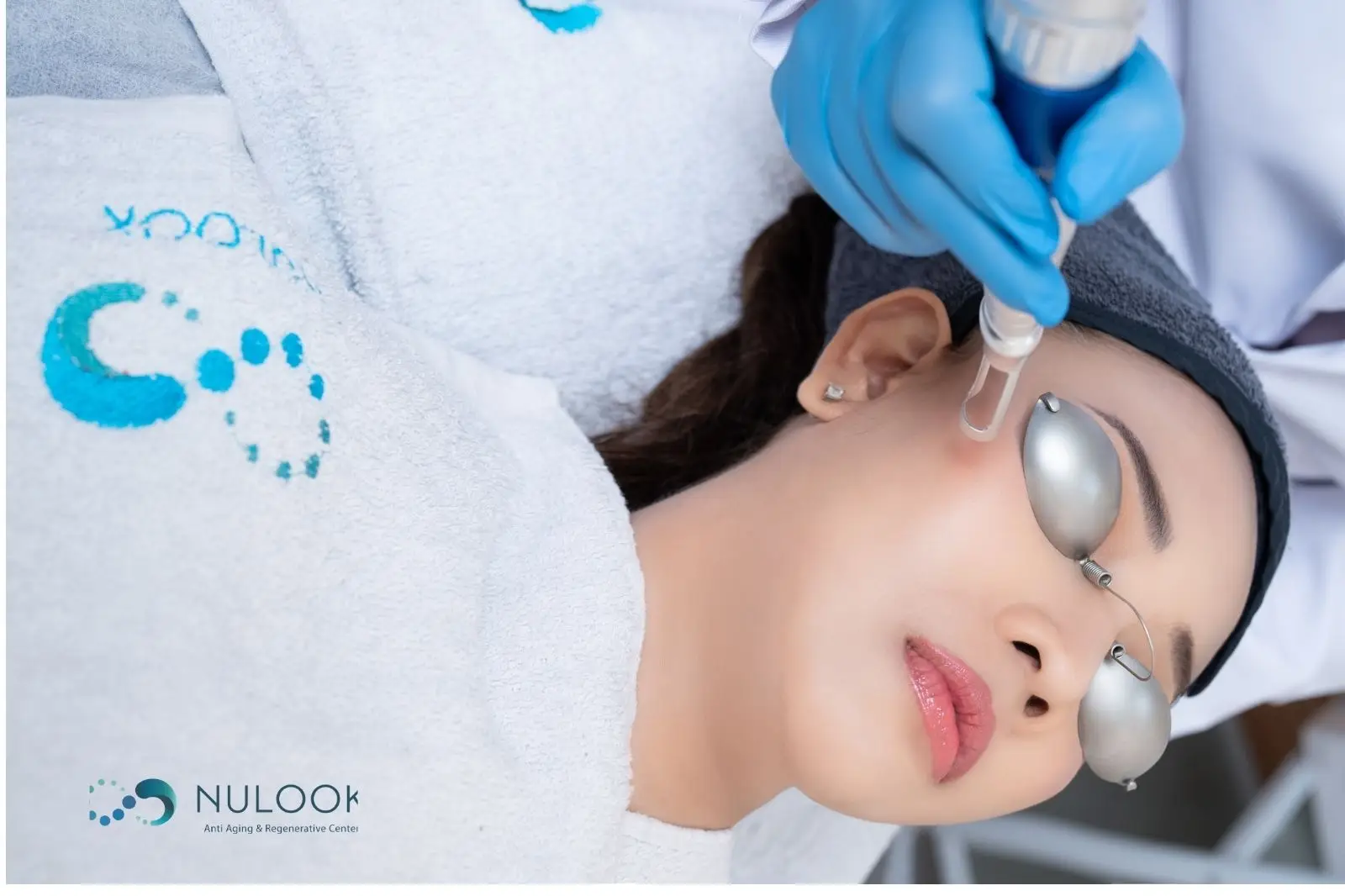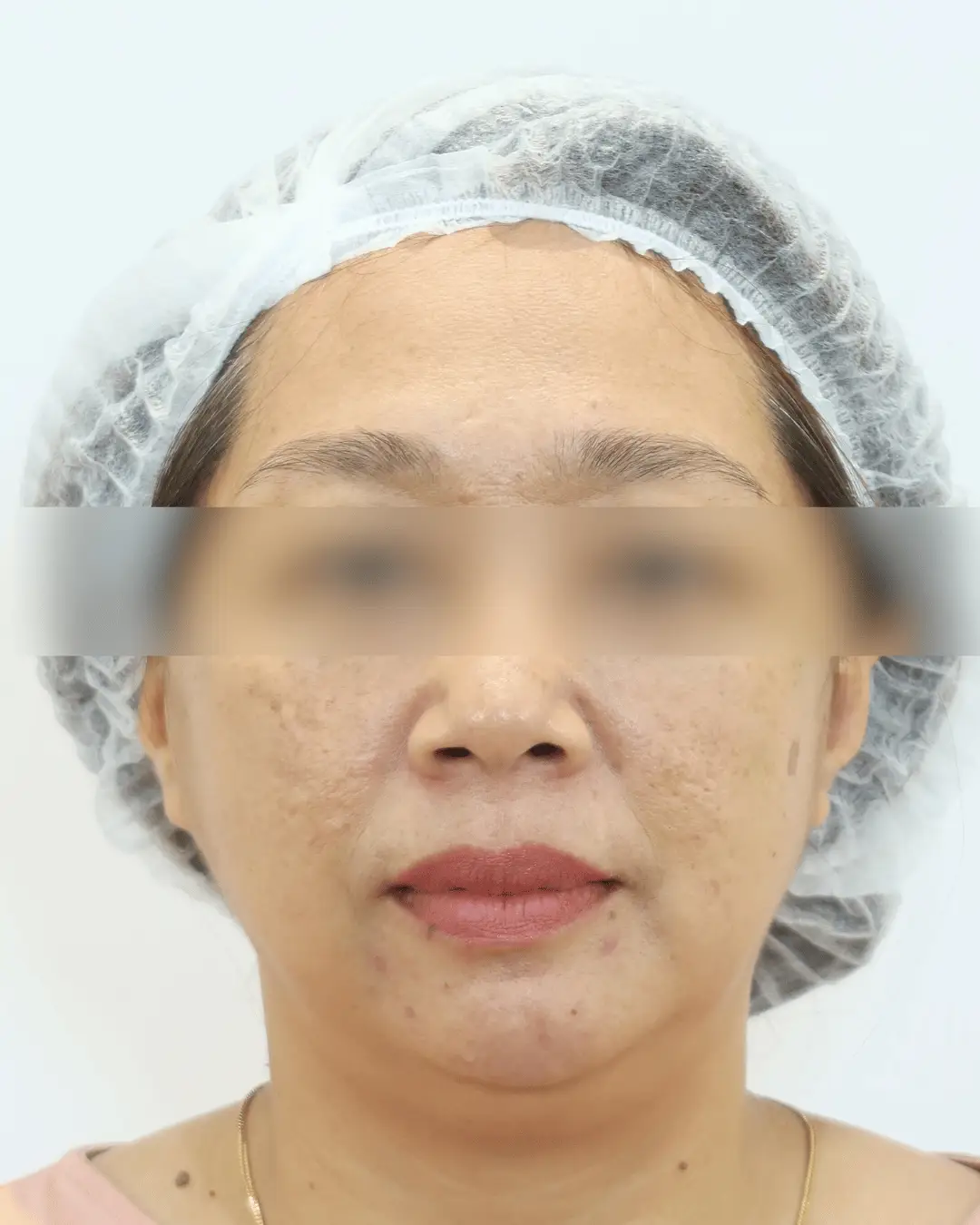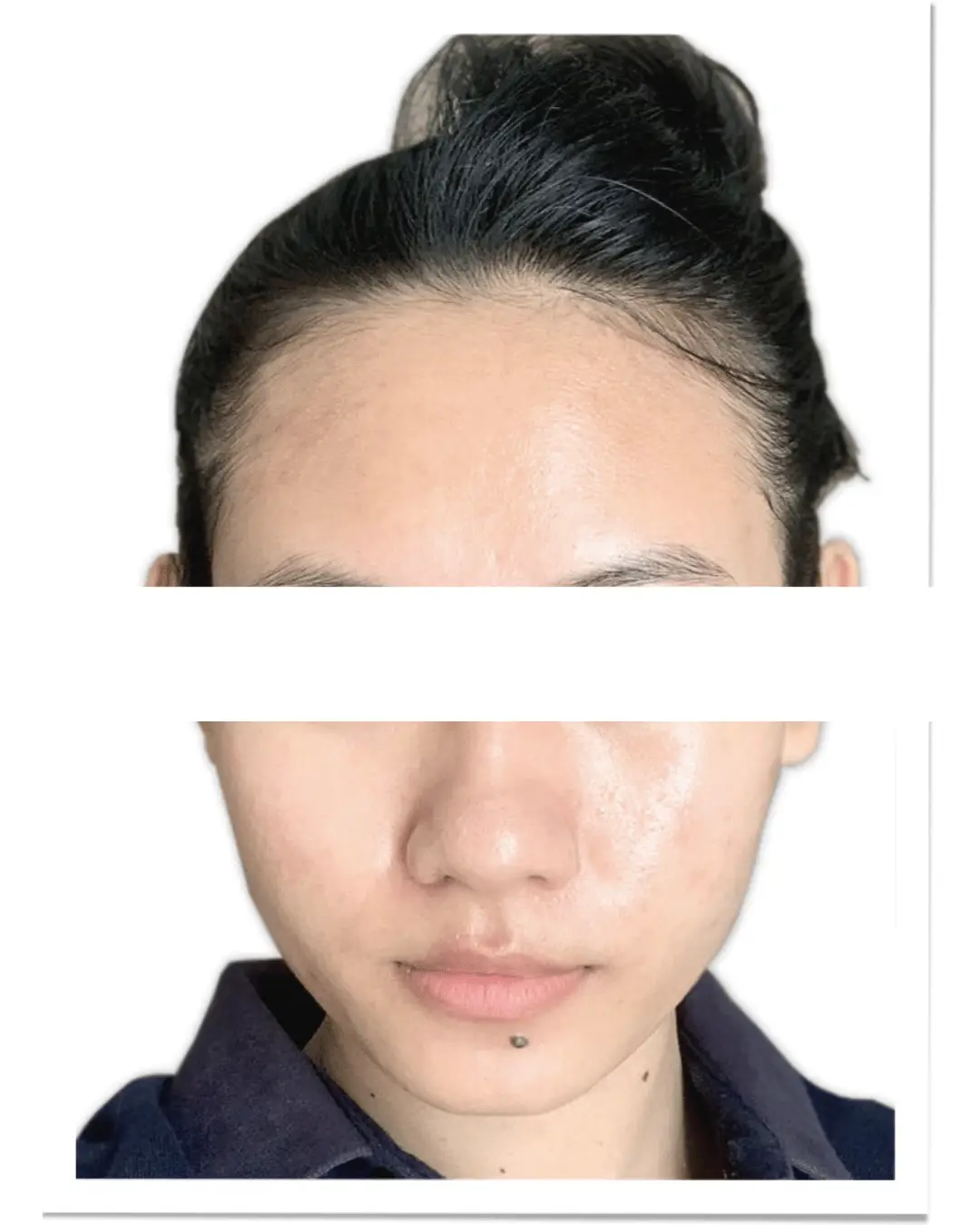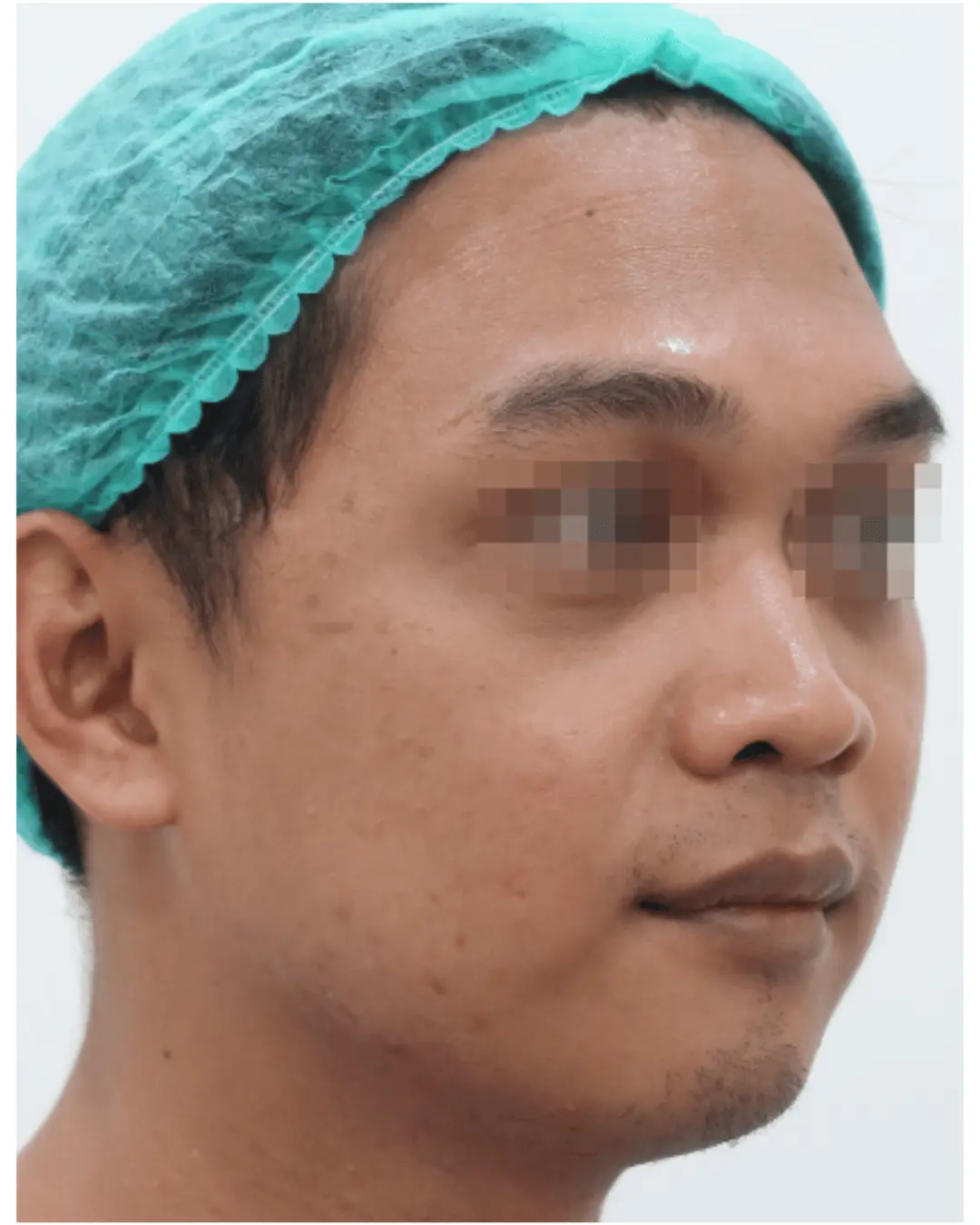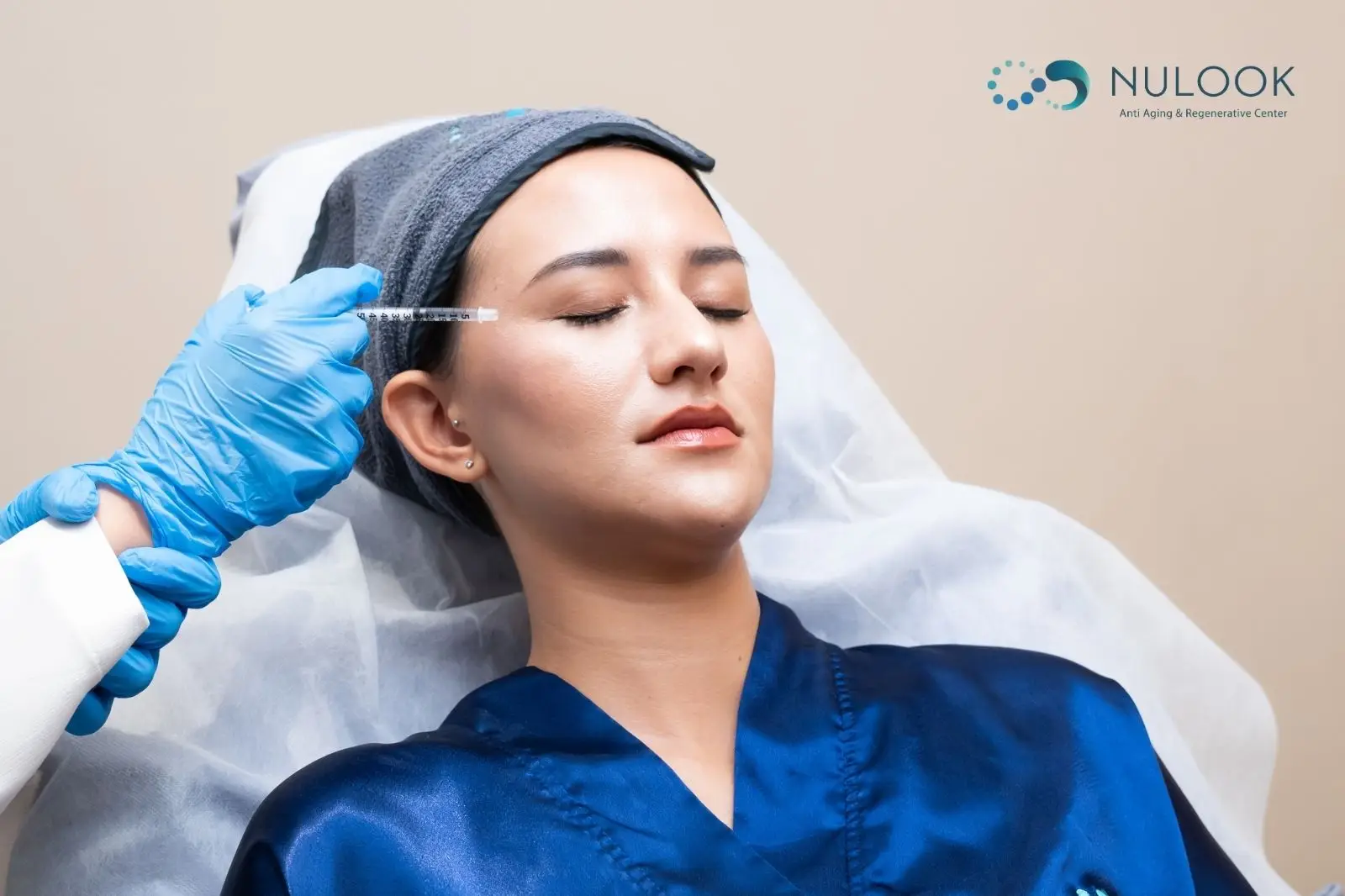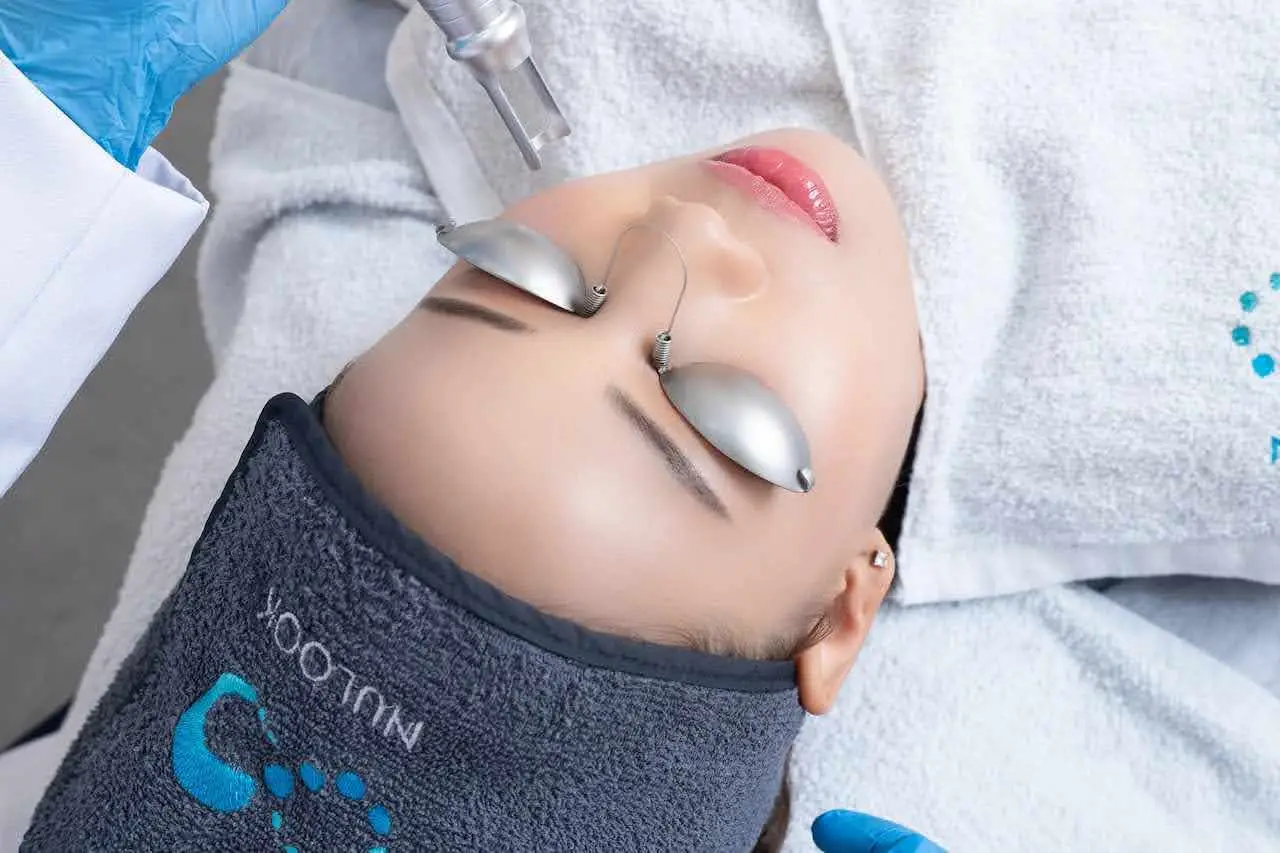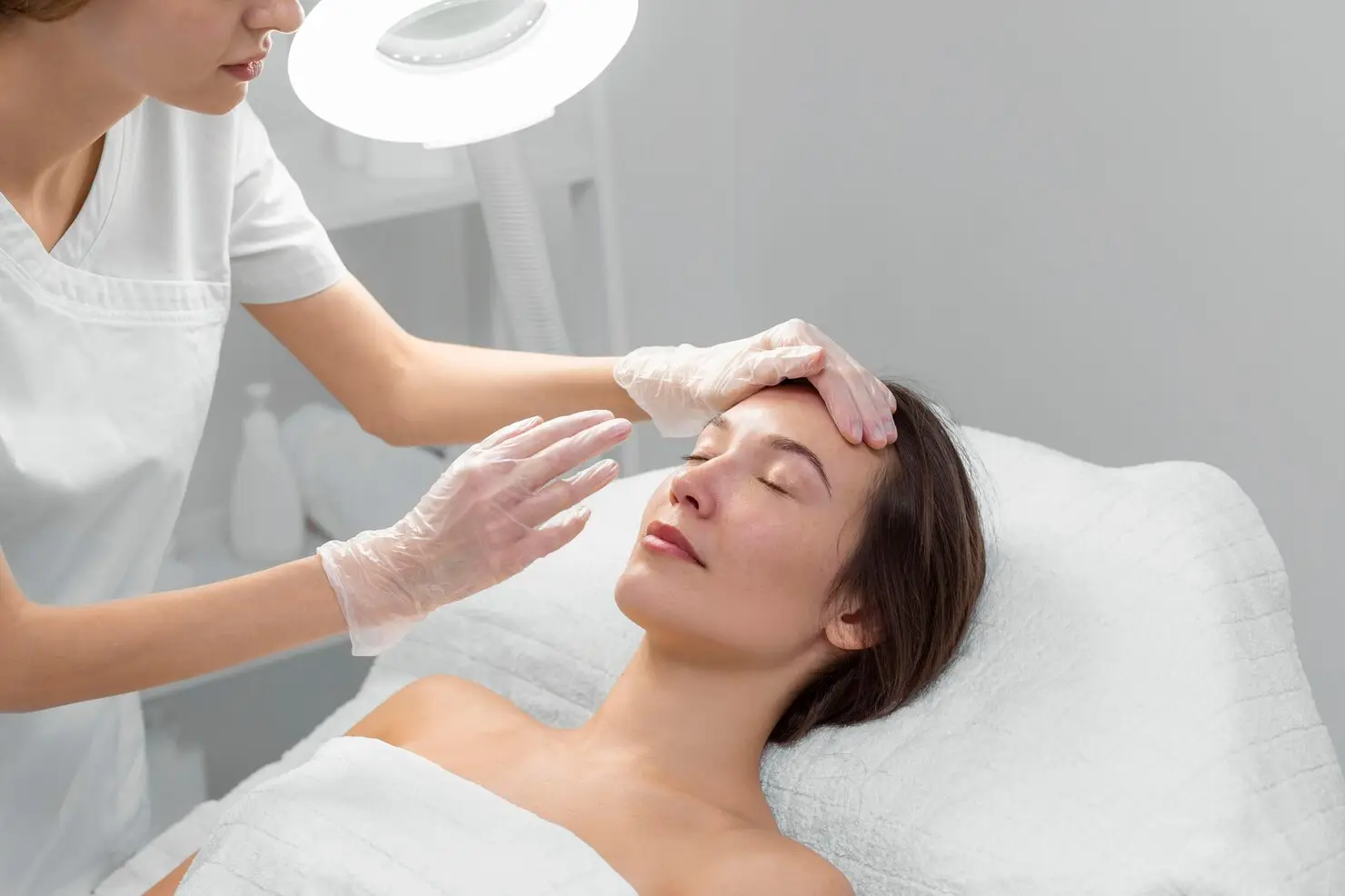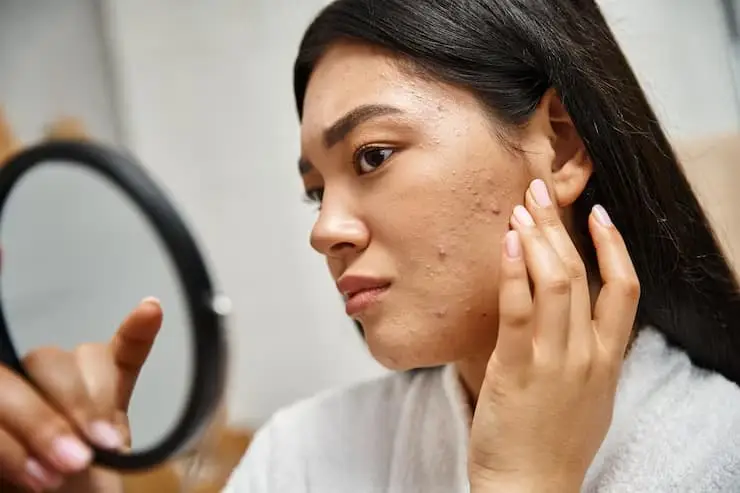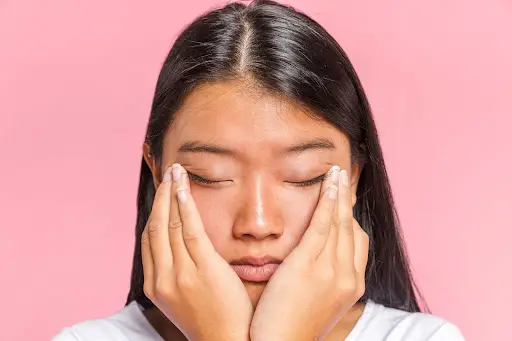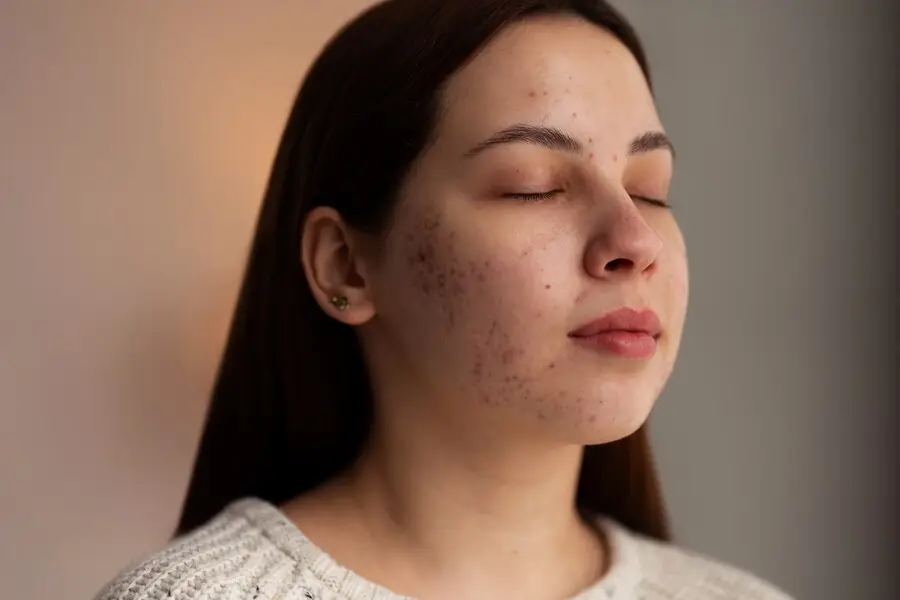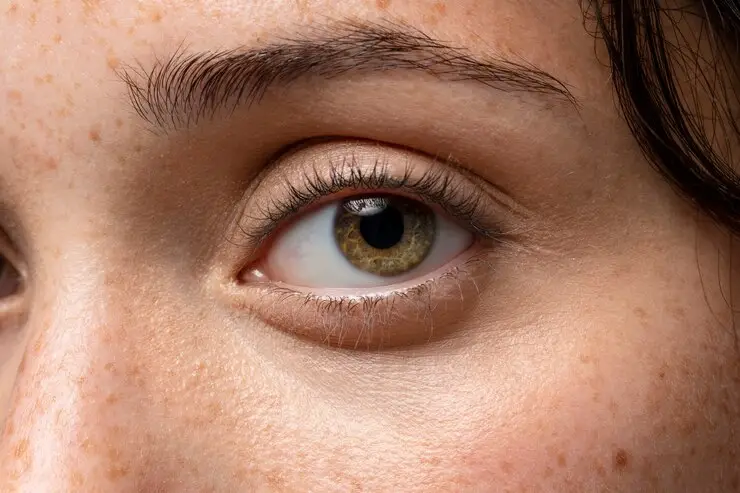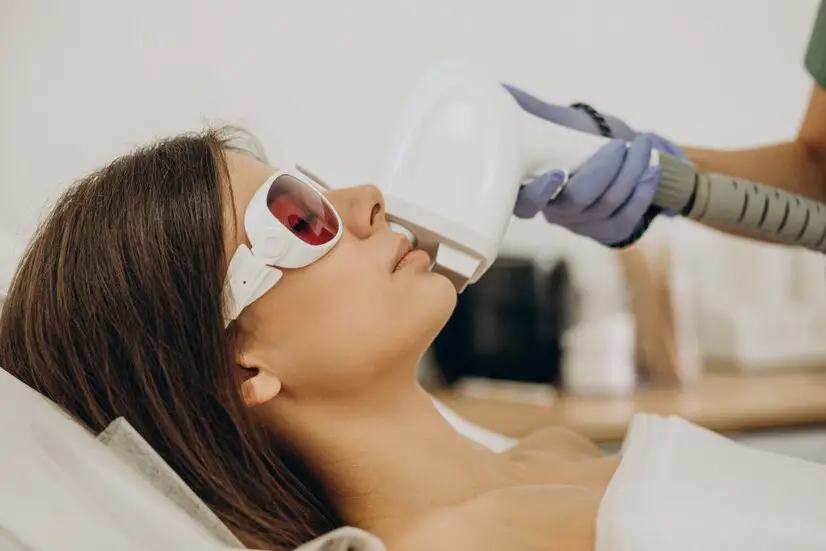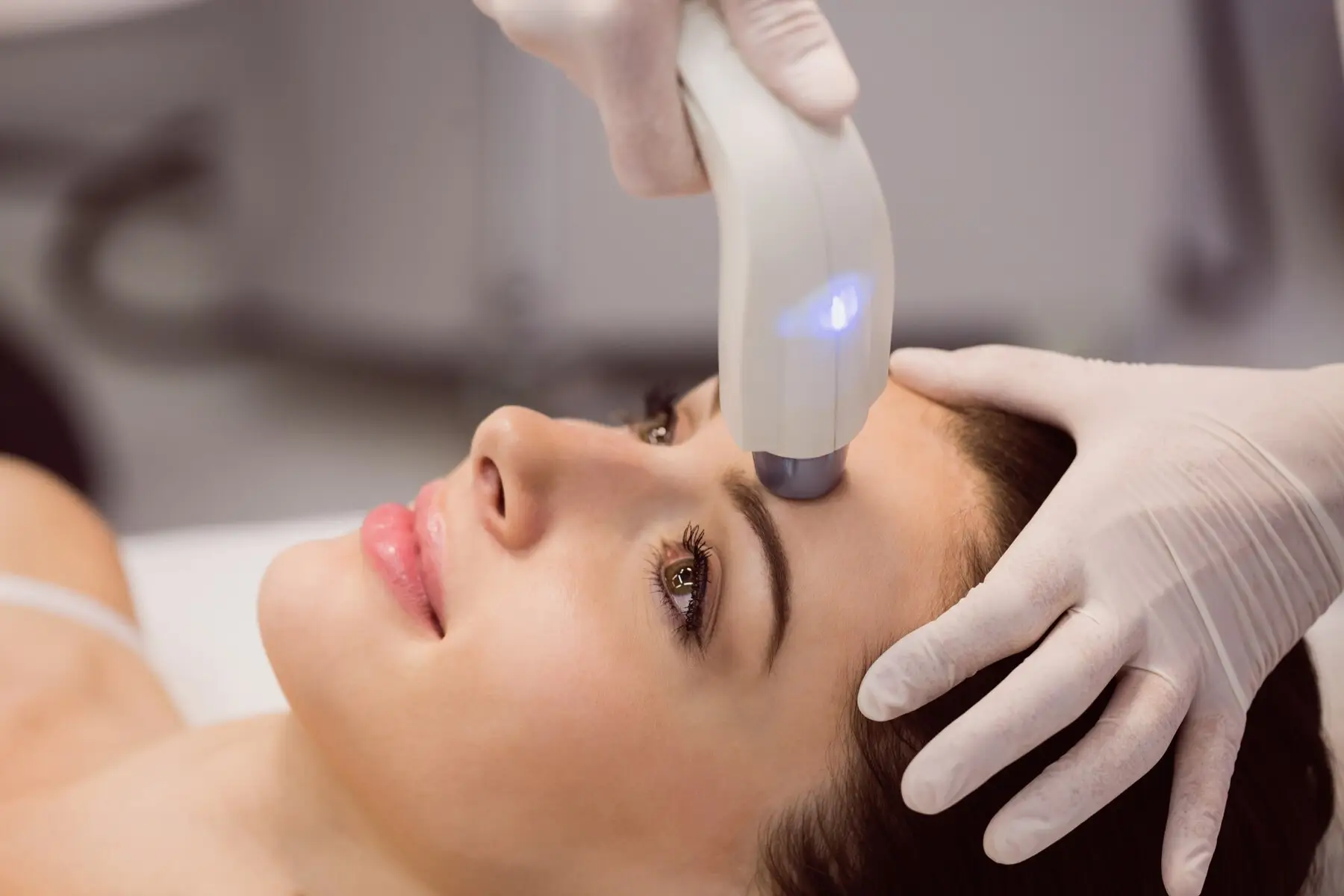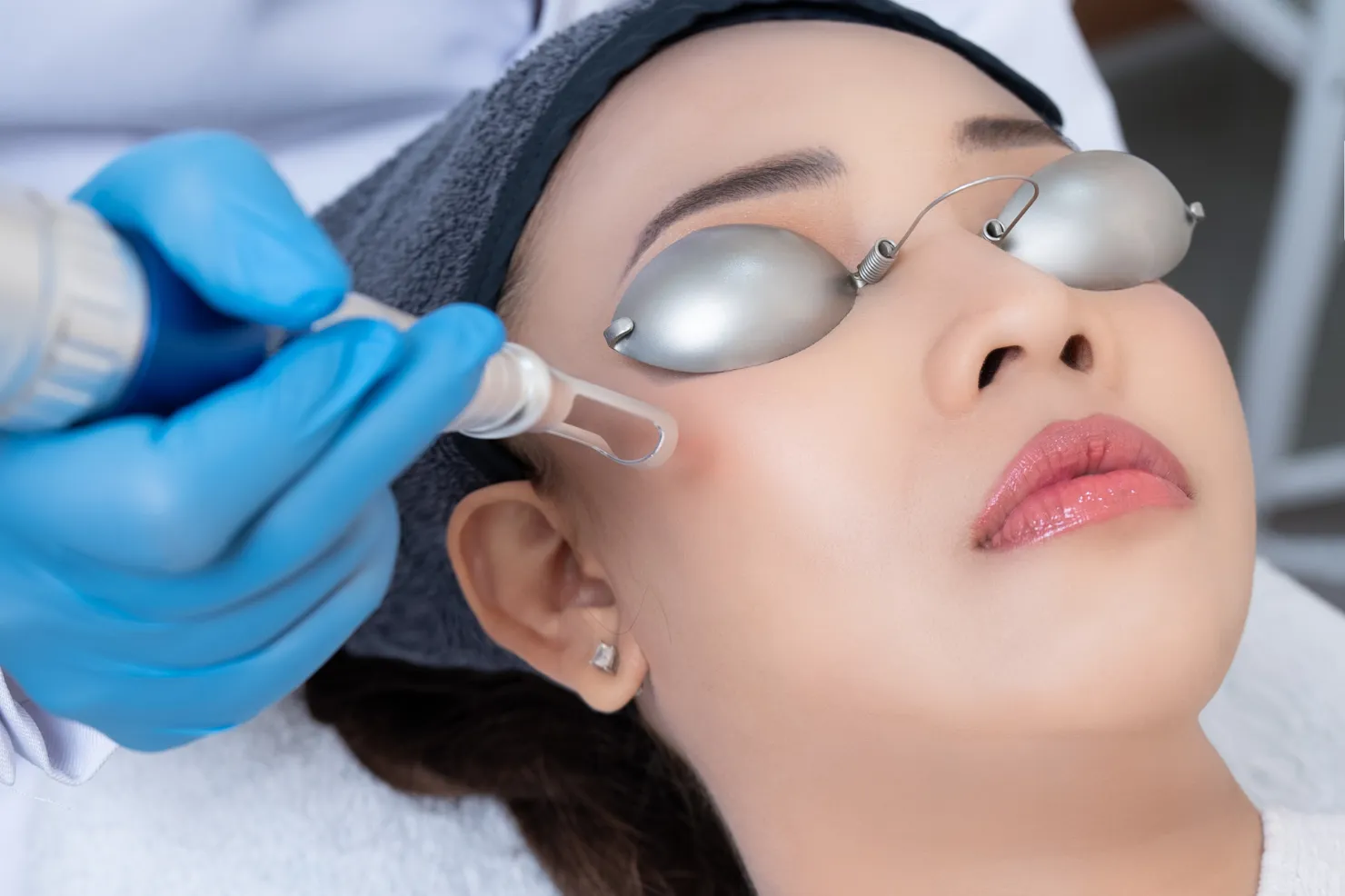Pico Laser Treatment Bali
Author: Administrator28/03/2024Fade Dark Spots with Pico Laser Treatment Bali
Pico laser is an advanced hyperpigmentation treatment that targets dark spots and post-inflammatory hyperpigmentation using ultra-short laser pulses. This dark spot treatment helps treat hyperpigmentation effectively while keeping the skin smooth and healthy.
How Pico Laser Treatment Works
Pico laser technology uses advanced laser therapy to safely target specific skin conditions without damaging surrounding skin layers. Here's how the process works:
1. Ultra-Short Pulses of Energy
The device emits visible light in extremely fast bursts, measured in picoseconds. These pulses penetrate the facial skin to break down pigmentation and iron oxide particles responsible for unwanted tattoos or dark spots.
2. Photomechanical Effect
Unlike traditional heat-based lasers, Pico laser uses a powerful yet gentle light therapy effect that shatters pigment particles, helping to remove unwanted tattoos and treat discoloration from sun exposure or other skin injuries.
3. Natural Elimination and Healing
After treatment, the body naturally clears the shattered pigments through the lymphatic system, leading to smoother and clearer skin. This approach is suitable for lighter skin tones and can be combined with topical agents like kojic acid, glycolic acid, or hydroquinone cream to enhance results.
Benefits of Pico Laser Treatment
Pico laser has become one of the most effective treatment options in modern aesthetic care, addressing pigmentation, scars, and overall sun damage with precision and minimal downtime. Below are the key benefits you can expect after starting treatment:
1. Skin Rejuvenation
Pico laser helps restore a youthful glow by stimulating collagen and reducing postinflammatory hyperpigmentation. The treatment enhances skin tone and texture, promoting smoother, firmer, and clearer skin.
2. Pigmentation Correction
This laser effectively targets extra melanin caused by UV light exposure, reducing sun spots, freckles, and melasma. Regular sunscreen use and the addition of topical agents like vitamin C or salicylic acid can support long-lasting results.
3. Tattoo Removal
Pico laser remains one of the most effective treatments for unwanted tattoos. It breaks pigment particles into fine fragments, allowing the body to naturally clear them with minimal risk of scarring.
4. Acne Scar Improvement
By stimulating collagen and elastin, the laser smooths rough skin texture and fades acne scars, restoring evenness and confidence in the skin’s appearance.
5. Non-Invasive and Fast Recovery
This non-invasive treatment requires little to no downtime, so most patients can return to daily activities almost immediately, an ideal choice for those with busy schedules.
6. Safe for All Skin Types
Pico laser is designed to safely treat a wide range of skin tones, making it a reliable option when compared to other treatments that may cause irritation or prolonged redness.
Safety and Side Effects
Pico laser is widely recognized as a revolutionary technology in aesthetic medicine, known for its minimal side effects and effectiveness in treating various skin concerns. When performed by a qualified doctor, this highly effective laser treatment is safe for most skin types, including darker skin tones.
1. Temporary Redness and Swelling
Mild redness or swelling may appear immediately after treatment, but these reactions are temporary and typically resolve within a few days. Applying cooling gel or gentle skin care products helps soothe the treated area, allowing you to resume your normal activities comfortably.
2. Risk of Hyperpigmentation
While rare, hyperpigmentation can occur, especially for individuals with darker skin or those prone to pigmentary conditions. Proper sunscreen use and avoiding direct sun exposure are crucial to prevent excessive melanin production and reduce dark spots after treatment.
3. Mild Acne or Pimples
Some patients may notice temporary acne or pimples as the skin renews itself and boosts collagen production. This reaction is part of the natural healing process and usually resolves quickly with gentle cleansing and non-comedogenic skin care products.
4. Sensitivity to Active Ingredients
After treatment, your skin may be more reactive to active ingredients like vitamin serums, acids, or hydroquinone cream. To avoid irritation, it’s best to delay their use until the skin barrier has fully recovered.
5. Suitable for Darker Skin Tones
Unlike older laser methods, Pico laser’s precision and light therapy make it safe and effective for darker skin tones. Its ability to target ink particles and stimulating collagen production in the skin’s layers without harming surrounding tissue ensures a smoother and more youthful appearance.
6. Importance of Professional Consultation
Always consult a trusted doctor before starting treatment to ensure it’s suitable for your skin type and condition. A thorough evaluation helps prevent complications and ensures you achieve your desired results with confidence.
Disclaimer
- Treatment results may vary for each individual, depending on skin condition, medical history, lifestyle, and various other factors.
- All “before & after” photos shown are illustrative examples and do not guarantee identical results for every patient.
- The information provided on this website is intended for general educational purposes only and should not be considered a substitute for professional medical consultation. Please consult directly with a licensed doctor or medical professional at our clinic for an accurate diagnosis and personalized treatment recommendations.

